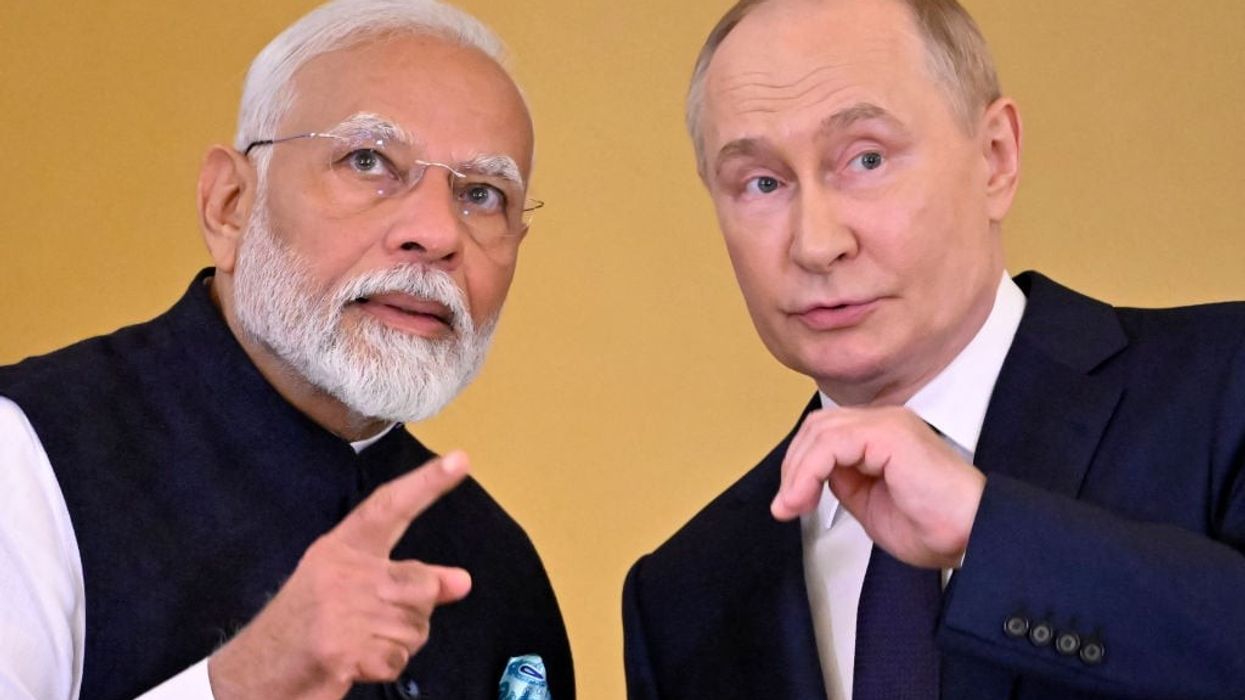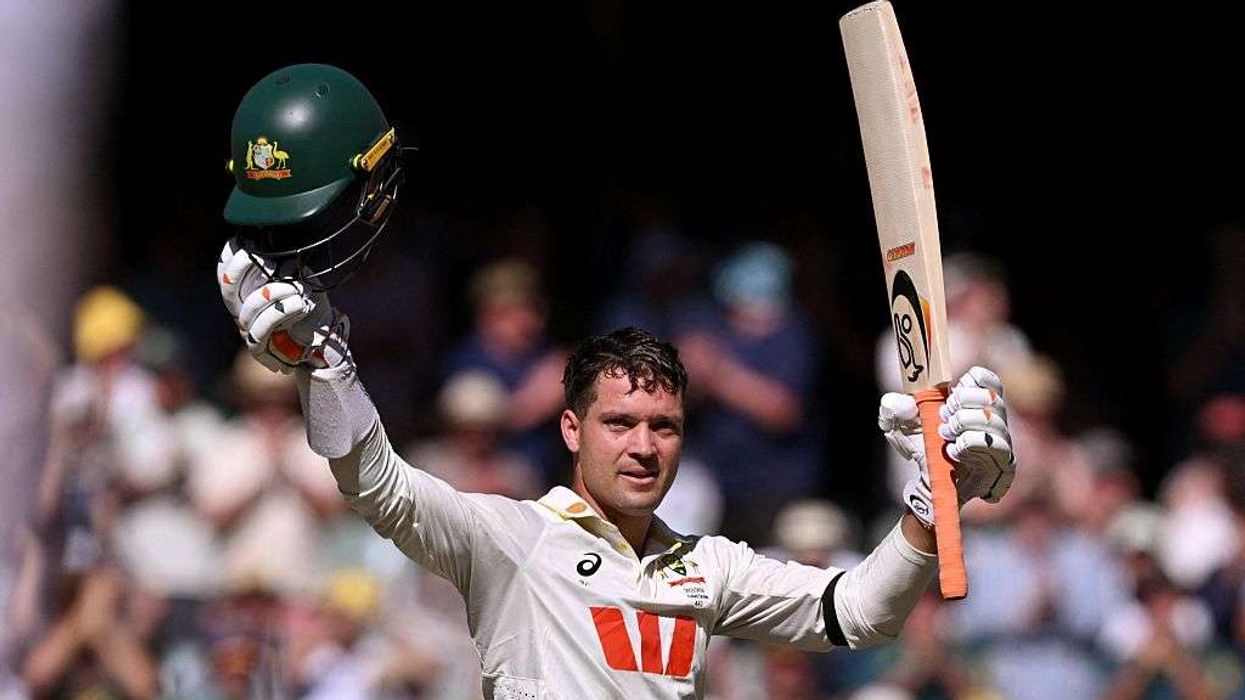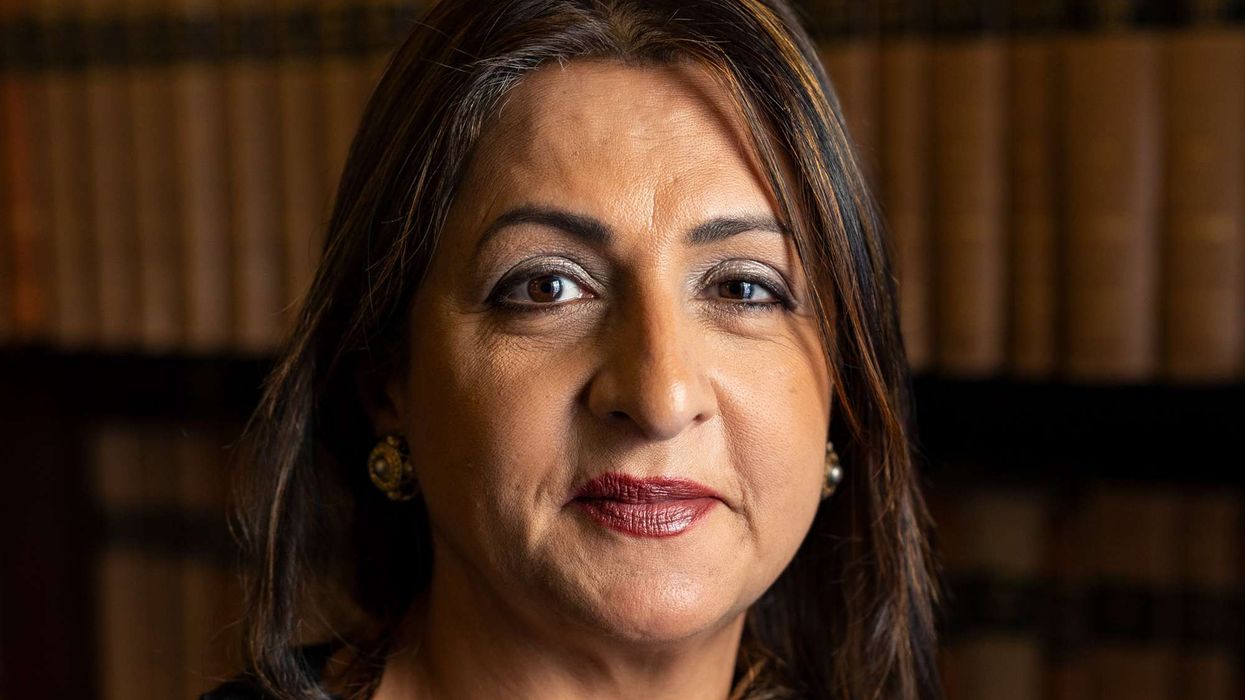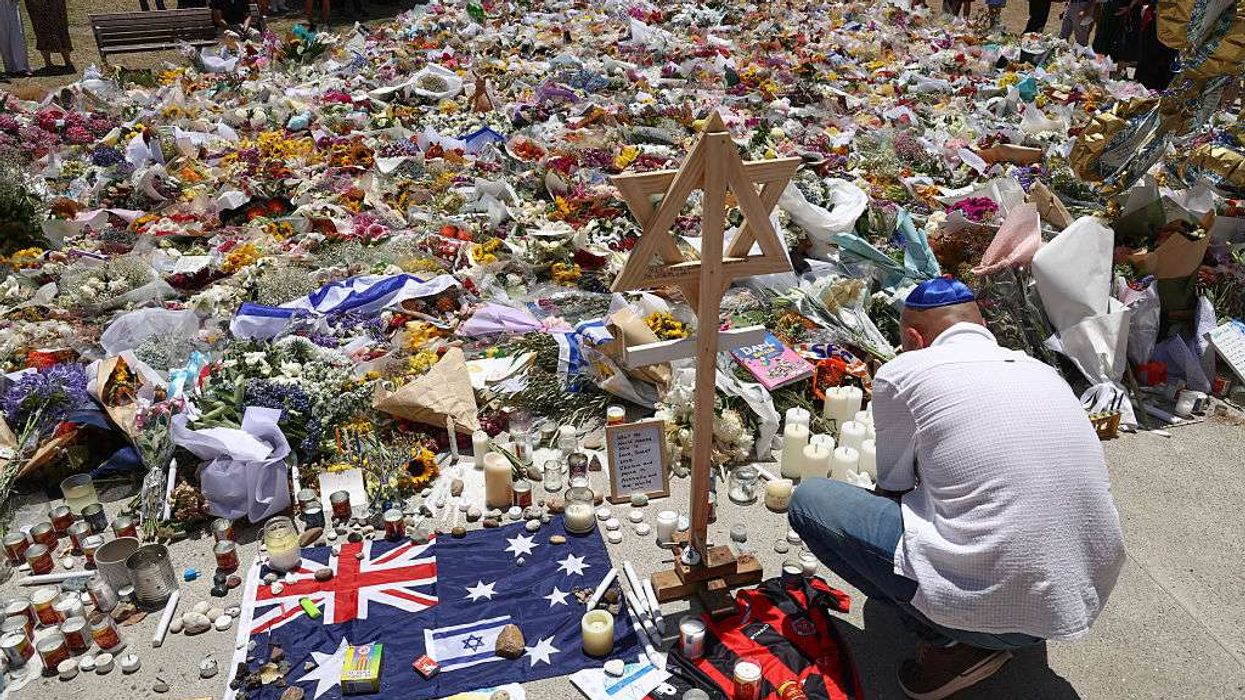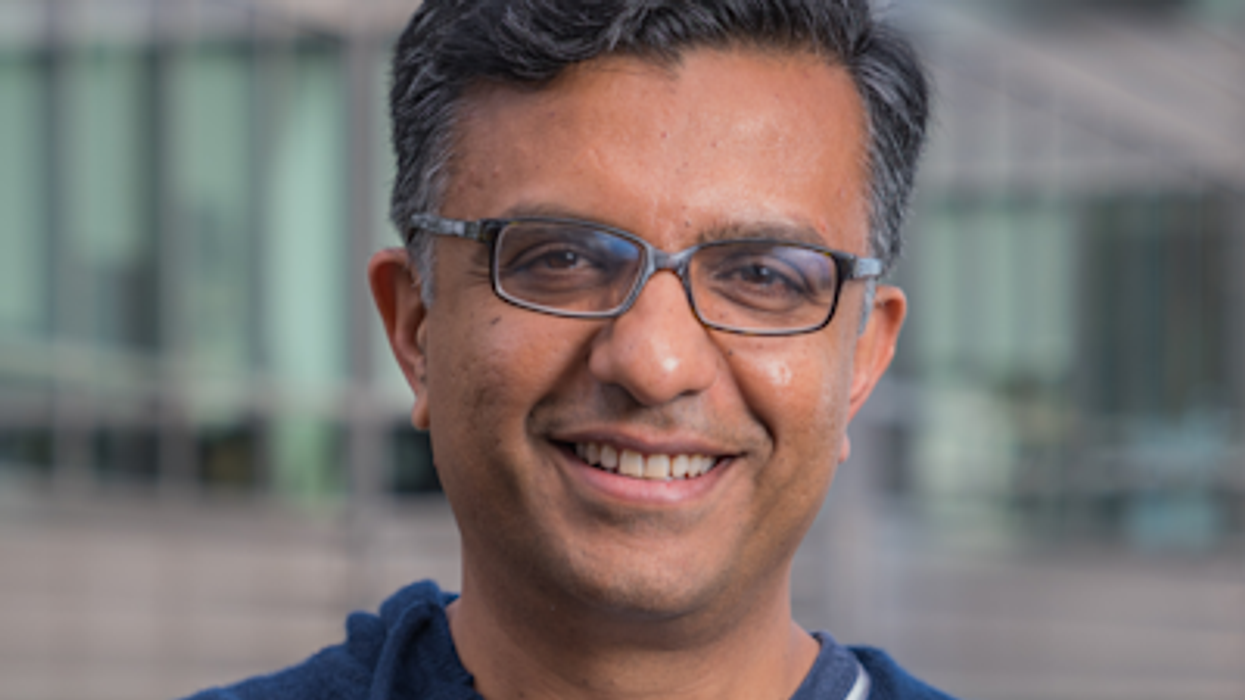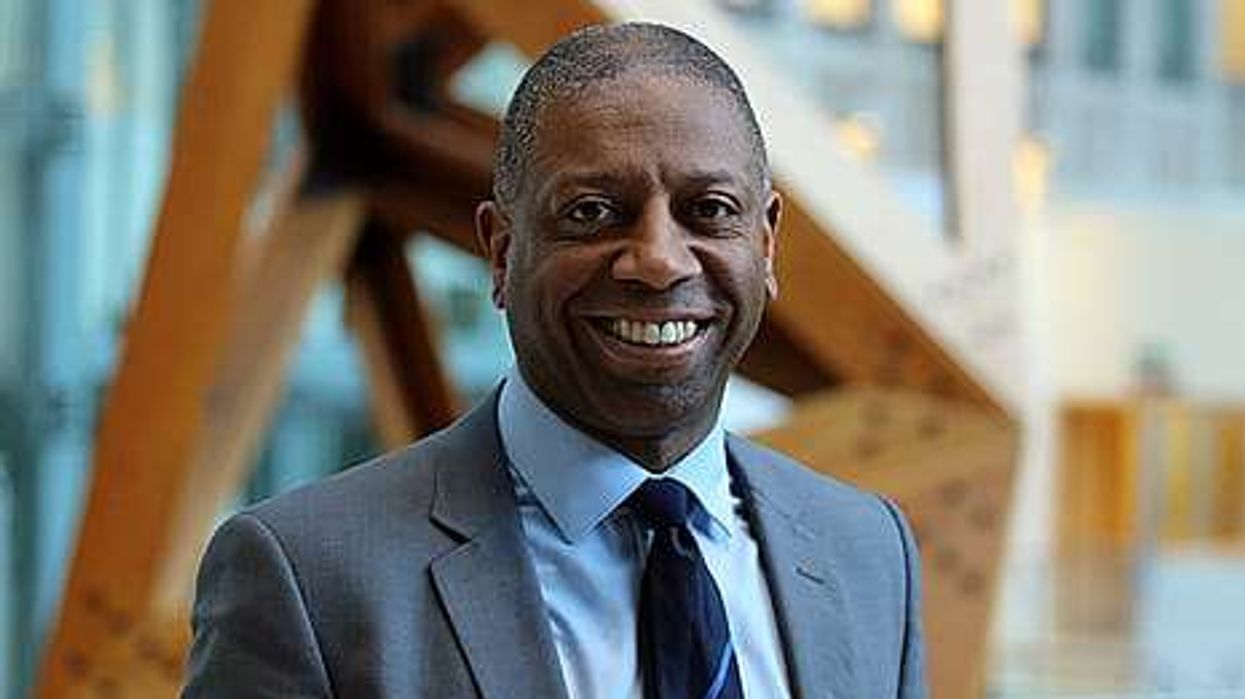INDIAN prime minister Narendra Modi told Russian president Vladimir Putin on Tuesday (27) that he supports a swift end to the grinding conflict in Ukraine after visiting the war-hit country.
Modi, 73, has trodden a delicate balance between maintaining India's historically warm ties with Russia while courting closer security partnerships with Western nations as a bulwark against regional rival China.
New Delhi has avoided explicit condemnations of Russia's invasion of Ukraine in February 2022, instead urging both sides to resolve their differences through dialogue.
Modi said he had "exchanged perspectives on the Russia-Ukraine conflict" with Putin and shared "my insights from the recent visit to Ukraine", in a post on social media.
He said he had "reiterated India's firm commitment to support an early, abiding and peaceful resolution of the conflict".
Modi, who angered Ukrainians by hugging Putin in Moscow recently, visited Kyiv on Friday (23) and told president Volodymyr Zelensky that "no problem should be solved on the battlefield."
His chat with Putin comes a day after a call with US president Joe Biden, where Modi reiterated New Delhi's "consistent position in favour of dialogue and diplomacy", an Indian foreign ministry statement said.
Speaking to Biden by telephone, Modi "reiterated India's consistent position in favor of dialogue and diplomacy and expressed full support for (an) early return of peace and stability," an Indian foreign ministry statement said.
Asked about Biden's response, National Security Council spokesman John Kirby said that the US supported all countries listening to Zelensky's perspectives on ending the war.
"We welcome any other country that wants to help President Zelensky work towards this just peace," Kirby told reporters.
The White House later released a readout of the call that said Biden "commended the prime minister" for "his message of peace and ongoing humanitarian support for Ukraine, including its energy sector."
Modi and Biden "affirmed their continued support for a peaceful resolution of the conflict in accordance with international law, on the basis of the UN Charter," the White House said.
India and Russia have maintained close links since the Cold War, which saw the Kremlin become a key arms provider to the South Asian country.
Russia has also become a major supplier of cut-price crude oil to India since the Ukraine conflict began, providing a much-needed export market after the imposition of Western sanctions.
That has dramatically reconfigured their economic ties, with India saving billions of dollars while bolstering Moscow's war coffers.
India is part of the Quad grouping, with the US, Japan and Australia, that positions itself against China's growing influence in the Asia-Pacific region.
Zelensky has called for the return of all territory seized by Russia, which launched a full-scale invasion of Ukraine in February 2022.
India has not explicitly backed Zelensky's stance. Despite increasingly close relations with Washington, India has refused to join US sanctions on Moscow, with which it has historic relations, and instead has embraced Russia as a cheaper source of oil.
Modi, Biden discuss Bangladesh
India said that Modi and Biden also discussed Bangladesh, where leader Sheikh Hasina, a close ally of New Delhi, resigned and fled earlier this month after mass protests against her increasingly authoritarian rule.
The Indian statement said that Modi and Biden "emphasised restoration of law and order and ensuring safety and security of the minorities, particularly Hindus, in Bangladesh."
In the immediate aftermath of Hasina's fall, attacks on Hindus across Muslim-majority Bangladesh were reported. The security situation has since far improved.
The US had repeatedly criticized Hasina for backsliding on democracy but, knowing that India was far more invested in Bangladesh, had been careful not to clash openly with New Delhi.
(Agencies)
